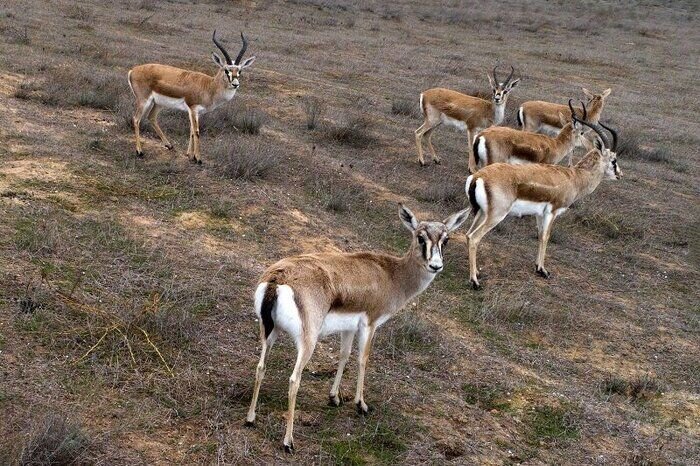Artificial intelligence to help protect natural areas

TEHRAN – The Department of Environment plans to utilize systems based on artificial intelligence to help manage and protect natural areas across the country.
“Up to now, some 25 percent of the areas are being monitored using ordinary visual systems, but in the future, we will upgrade the systems by utilizing artificial intelligence, ISNA quoted Alireza Najimi, an official with the DOE, as saying.
Five new protected areas, measuring 230,000 hectares, have been created across the country, expanding the protected areas to 19.5 million hectares.
The protected areas under the supervision of the Department of Environment now account for 11.8 percent of the country’s lands, IRNA reported.
The history of Iran's first protected areas dates back to 1967 when the proposal for the establishment of two national parks and 15 protected areas as the first protected sites in Iran was approved.
In 1976, there were more than 65 protected areas covering an area of 6.7 million hectares in the country, which has now extended to more than 300 areas with an area of 19.5 million hectares.
The first new protected area with an area of about 63,000 hectares is located in Gavkhoni Wetland with the aim of preventing any change in land use and protecting the vegetation as well as safeguarding the wetland and birds that are present at special times when the wetland is filled with water.
The second site with an area of about 11,000 hectares is Kalate and Tang-e Sorkh located in Fars province. The goal is to preserve the diverse vegetation and pristine wildlife there. It is one of the prohibited hunting zones.
Padena, measuring 30,000 hectares area in the city of Semirom in Isfahan province, is the third added area.
It can enhance the protection of the Dena National Park conservation, which is one of the most important protected areas in Zagros since wildlife moves between these two regions.
With good vegetation and abundant water sources, wildlife can be easily revived. This area was one of the free zones before.
The next area is located in the Kalate desert, covering about 126,000 hectares in the east of Isfahan around Khur and Biabanak. It is home to valuable species such as rams, ewes, gazellas, and Bustards.
The last area, about 200 hectares, is a national natural monument called ‘Sheikh Mohammadlu’ in Ardabil province. It contains a collection of fossil trees dating back to prehistoric geological periods.
